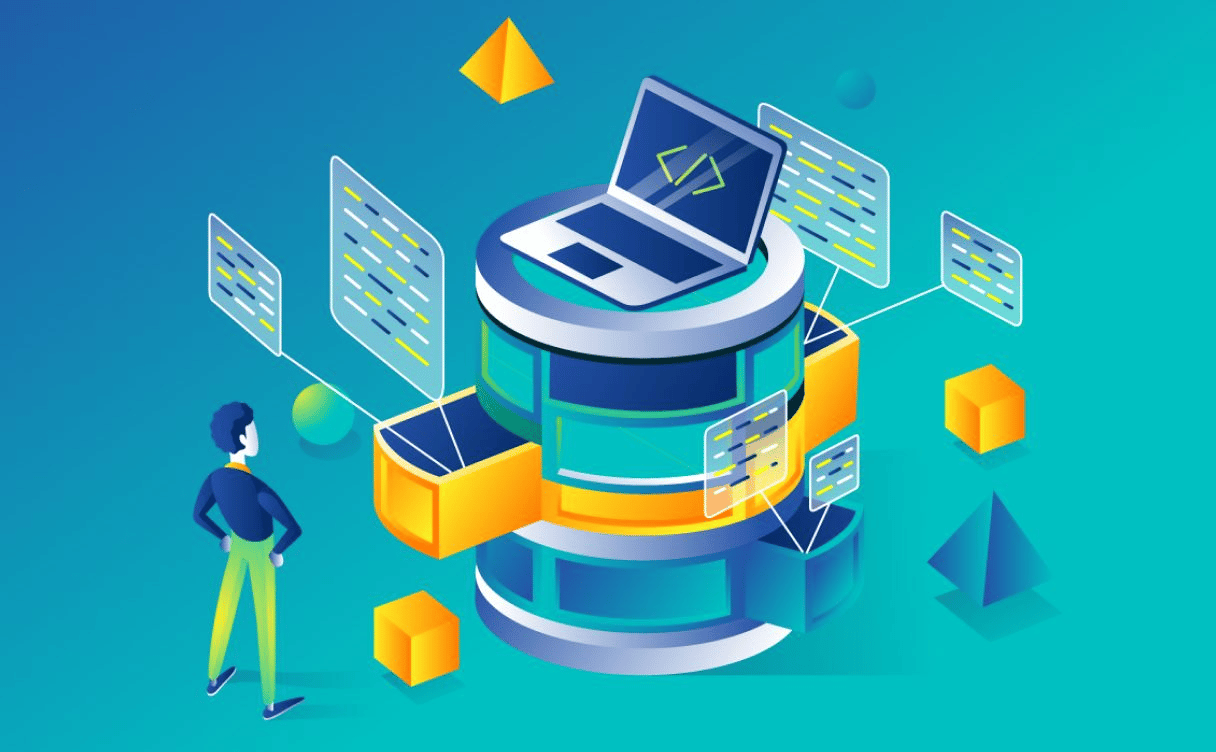
How to innovate in a big engineering team: Teads
Jean-Baptiste Pringuey is VP of Engineering at Teads - an adtech company. He is passionate about using the entrepreneur mindset to drive innovation and will share with us how he did so

Renaud foresaw several fundamental shifts in the way we use the internet – including the arrival of social media, big data analysis, the shift to mobile devices, and the ubiquity of APIs – and leveraged their disruptive power to co-create Eventbrite, the global leader in event technology. Now, he’s backing European founders as a VC and angel investor. We were delighted to have him speak on stage with us during the CTO Forum, and wanted to give a space to share his story on our blog. Renaud, over to you!
I finished my engineering studies at Cornell University in the US, and moved right after to the Bay Area to work as an environmental engineer. It was around that time that the Internet started taking off and I was right at the epicenter of that revolution. It was a fascinating time to be there, the industry was moving so fast, and I decided to switch careers and become a software engineer and a startupper in the summer of 2000, at the height of the dotcom bubble.
The beginnings of the web and all the possibilities it unlocked sparked my curiosity. As I loved both photography and computer science, I joined a startup called Zing Networks that was one of the first photo sharing services in 2000. The company had raised $50M from a well known VC fund and we went from 30 employees when I joined to 120 employees in 6 months. It was the best learning experience and we were going to conquer the world.
And then the dotcom bubble exploded. I survived 3 rounds of layoffs in the following 6 months and ended up in the last 10 employees at the company. Sony acqui-hired part of our team, and I went to work for them until 2005.
That is when I met what became my future co-founders at Eventbrite: Julia and Kevin Hartz. They were looking for an engineer to join their project, and I was looking for a new adventure. The internet had matured since I joined the industry in 2000 but it surprised me that no solution existed for small and medium-sized event organizers while e-commerce was booming in many other categories. I immediately saw the opportunity and joined the team as co-founder and CTO.
Back then, the state-of-the-art process for selling tickets was to put posters on walls, send email campaigns, keep track of attendees in a spreadsheet, and collect money in cash at the door. We launched our initial MVP on the PayPal API to streamline the whole process for creators and attendees and send the proceeds from ticket sales directly into the event creator’s account. It made us very flexible as a solution, 10X better than any alternative and didn’t require a ton of engineering resources to build. It allowed us to get to market very quickly, iterate fast based on our early adopter’s feedback and find our business model (commissions on tickets sold) which hasn’t changed since.
We spent the first two years with mostly my two co-founders and me. We bootstrapped until we were happy with our product market fit and had found our business model.
The local ecosystem was profoundly different from the French ecosystem at the time. In the US, and especially in Silicon Valley where we launched the company, you could always find someone who had faced the same scaling challenges you were facing. Scalability issues? No problem, let’s chat with the engineers who scaled YouTube to pick their brains! Talent was so hyper-concentrated that no technical challenges remain unsolved for very long. It was fascinating to experience, and I started to think about what I could bring back to Europe.
I put a lot of time and effort into launching Eventbrite in Europe starting in 2011, while my co-founders were more focused on growing the US market. It was important for me as a European to start building the Eventbrite brand in Europe quickly enough to have a chance at becoming a global powerhouse. I did a lot of evangelization, attended many tech conferences, spoke to the press, etc. Doing so connected me back to France, and I built my network all over Europe during these years. I realized that I had something very tangible to bring to the European ecosystem: experience of the Valley growth playbook.
I don’t think it would have been possible to build Eventbrite to the same scale if we had started the company in France back then. Today it’s a very different ballgame. The European tech scene has evolved so much over the last 10 years that we see a lot of success stories emerging that are able to scale internationally quickly.
In France in particular, we’ve seen the emergence of French Tech as a driving force for change, and CTO communities like Tech Rocks emerge to help every CTO level up and share best practices. As has been proven in the Valley, startups can help each other and grow side by side much faster than in less collaborative environments.
It made me want to help in another way: backing entrepreneurs financially. I’ve been investing in European startups for about 8 years now. And since 2017, I have worked as venture partner with VC funds, lately with Point Nine Capital which focuses on seed investments in SaaS and B2B marketplaces.
It all starts with the story. Raising money is always a complex process, but let’s be honest: even if we aren’t all sending rockets to the moon, stories do matter. If you believe in your vision then attractively telling its story is a must when you’re going out to fundraise and face investors. Way too often I see clearly intelligent founders unable to articulate logically the why/what/how of their project.
The art of persuasion doesn’t come naturally for everyone. You’ll need to iterate many times until you get the perfect deck, then rehearse, and iterate based on feedback. You need to learn how to convey excitement and opportunity that convinces investors that you have what it takes to build a global champion. Standing out when investors see dozens of pitches a day is not easy. I think at the end of the day, fundraising always comes down to that in the end: mastering the art of storytelling.
When choosing the startups I invest in, I always try to answer for myself the question: “Why them? Why now?”. I’m looking for passionate, smart, and driven people who have a unique unfair advantage to elegantly solve a problem that is compelling enough. Building a startup demands a phenomenal amount of work, resilience, and creativity, as well as comfort with chaos and uncertainty. Not everybody is cut out for it. I try to find that little light in their eyes that convinces me that this is the adventure of a lifetime for them and they will do whatever it takes to succeed.

Jean-Baptiste Pringuey is VP of Engineering at Teads - an adtech company. He is passionate about using the entrepreneur mindset to drive innovation and will share with us how he did so

Jean-Baptiste Kempf spoke at the CTO Forum about how far open source has come since he joined VLC, today's challenges, and why open source as critical to the current and future health of the Internet.

Fifteen years ago, hardware was at the center of infrastructure; then, the cloud revolutionized that. Now, hardware is a commodity and what matters is the software on top of it.